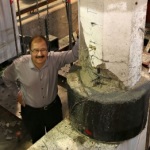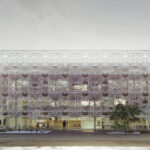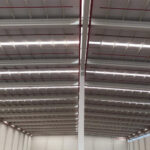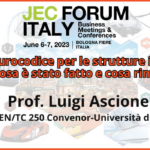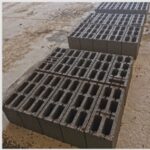Researchers at the University of Utah say they have developed a method that not only greatly reduces the amount of time it takes to repair bridges damaged in earthquakes, but also can provide reinforcement against such damages on bridges that have not yet been impacted. The process, developed by a team of researchers led by U of U civil and environmental engineering professor Chris Pantelides, involves installing donut-shaped concrete repairs at the top and bottom of a bridge column. It’s a much quicker version of the repair method currently used on earthquake-damaged bridges. As the U of U announcement of the method explains, the tops and bottoms of a bridge’s columns are designed to take on the brunt of a quake’s impact. If too many of the steel rebar inside a column have been snapped during a quake, the bridge likely can’t be repaired. But if enough are intact, engineers usually “chip away at the concrete, replace any bent rebar and steel hoops inside and then pour new concrete into a steel cast that’s built around the column,” the university explains. It’s a process that takes weeks to perform. But the new process developed by Pantelides can be done in days.
The “donuts” are lined with a composite carbon fiber material the researchers say is stronger than concrete and steel. Here’s how the installation process goes down. First, a number of steel rebars with heads are drilled into the foundation around the column and secured with an epoxy. Then two halves of a circular shell made of the composite fiber (that are just millimeters thick) are placed around the column and rebar and spliced together. Concrete is poured around the column and over the rebar with the composite fiber acting as a mold. The result is a repaired column with approximately the same structural integrity as the original column, Pantelides says. “The circular shape gives you the best strength for the amount of material you are using. The stresses are distributed equally all around the periphery,” Pantelides says. “With this method, if there are future earthquakes or aftershocks the bridge will survive and damage will happen adjacent to the donut. This gives the bridge a second life.” Pantelides says the process can be used as a retrofit to make undamaged bridges even more resilient to earthquakes and can even be used as a repair on the columns of damaged buildings. Pantelides and his team have filed for patents on the process, saying that the method could be utilized immediately by construction crews.
Caption: Chris Pantelides and a damaged bridge column repaired with his “donut” method. The donut features a lining made of carbon fiber. Photo credit: University of Utah



